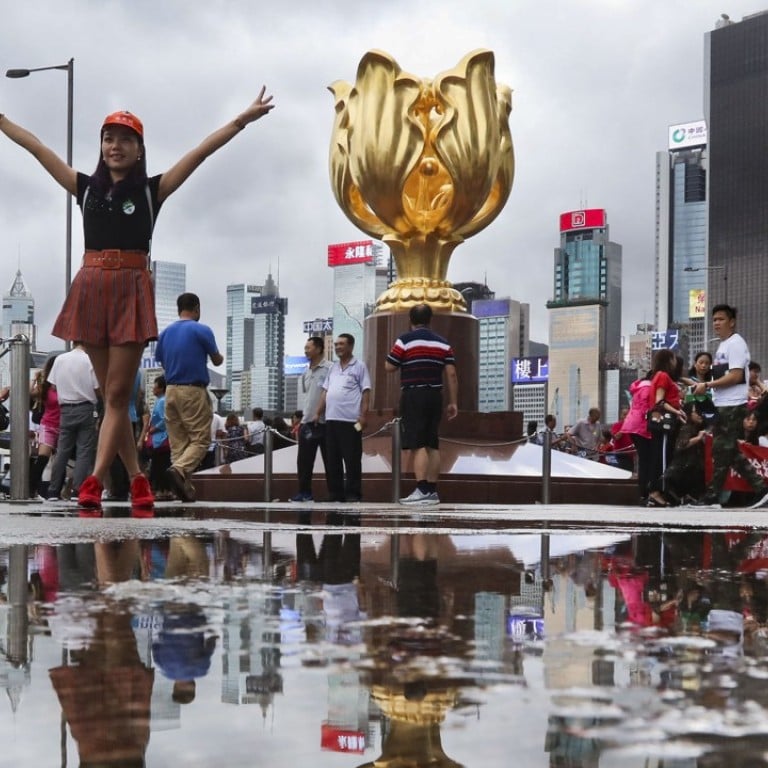
More than 60 million tourists expected in Hong Kong in 2018 as officials pin hopes on projects linking city to mainland China
Authorities dismiss fears city would be too congested and reignite animosity towards cross-border visitors, citing increased number of hotel rooms
More than 60 million tourists are expected to pour into Hong Kong this year, marking a 3.6 per cent uptick year on year as officials hope two cross-border links will help bring in visitors from mainland China when the projects open later this year.
If the targets hold, it would be the second time the city received more than 60 million visitors in a single year, following a record 60.8 million in 2014.
But the Tourism Board brushed aside fears the city would be too congested and that Hongkongers’ animosity towards their mainland counterparts would resurface, citing the increased number of hotel rooms and efforts to draw visitors away from traditional hotspots.
Hong Kong Disneyland falls further into red as losses double in 2017 to hit HK$345 million
The number 60 million should not be seen as a threshold for our capacity
Unveiling its annual work plan on Tuesday, Tourism Board executive director Anthony Lau Chun-hon said 60.6 million people were expected to visit in 2018, with 46.2 million from the mainland.
“The number 60 million should not be seen as a threshold for our capacity,” Lau insisted.
“Much has changed over the past few years. We now have a lot more hotel rooms, while the Tourism Board has been trying to spread tourists’ footprint across Hong Kong.”

Lau was referring to the Old Town Central campaign, launched as a self-guided excursion last year to encourage visitors to explore the district’s culture and heritage.
A similar scheme is to be rolled out in Sham Shui Po in the second quarter of the year, and Lau confirmed at least five other districts were in the pipeline, including Wan Chai.
“If the tourists can spend half a day in each of these districts, then we can lure them to stay for three days already,” he said.
Hong Kong restaurants take a hit after Lunar New Year fireworks display called off as mark of respect for bus crash victims
Per capita spending by tourists in the city last year was down 2.3 per cent to HK$6,447 (US$824), with another 1.5 per cent decline predicted this year.

